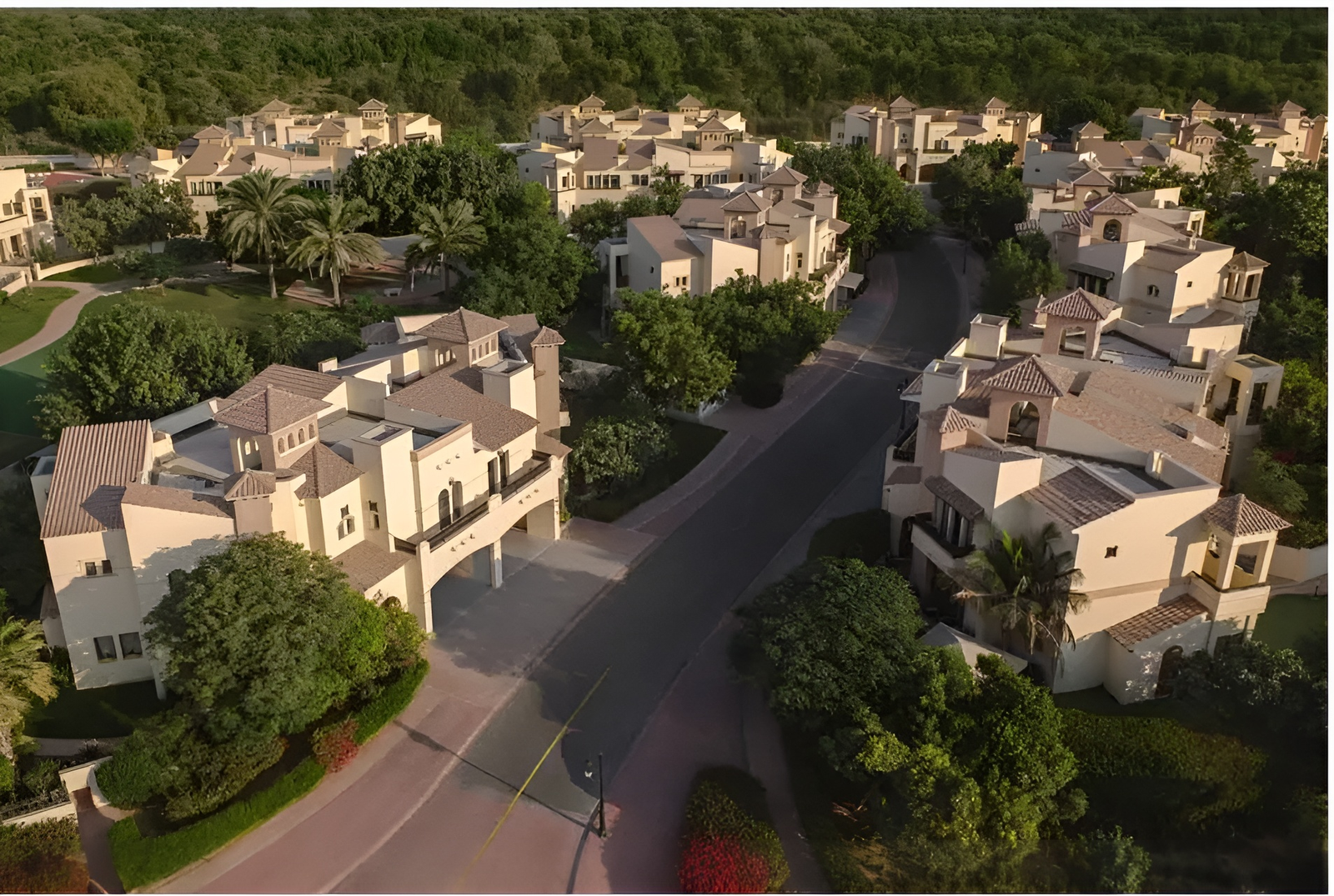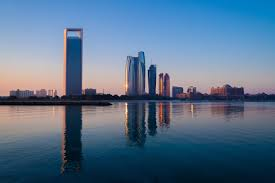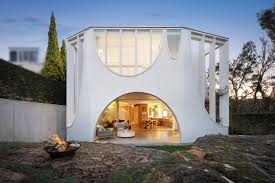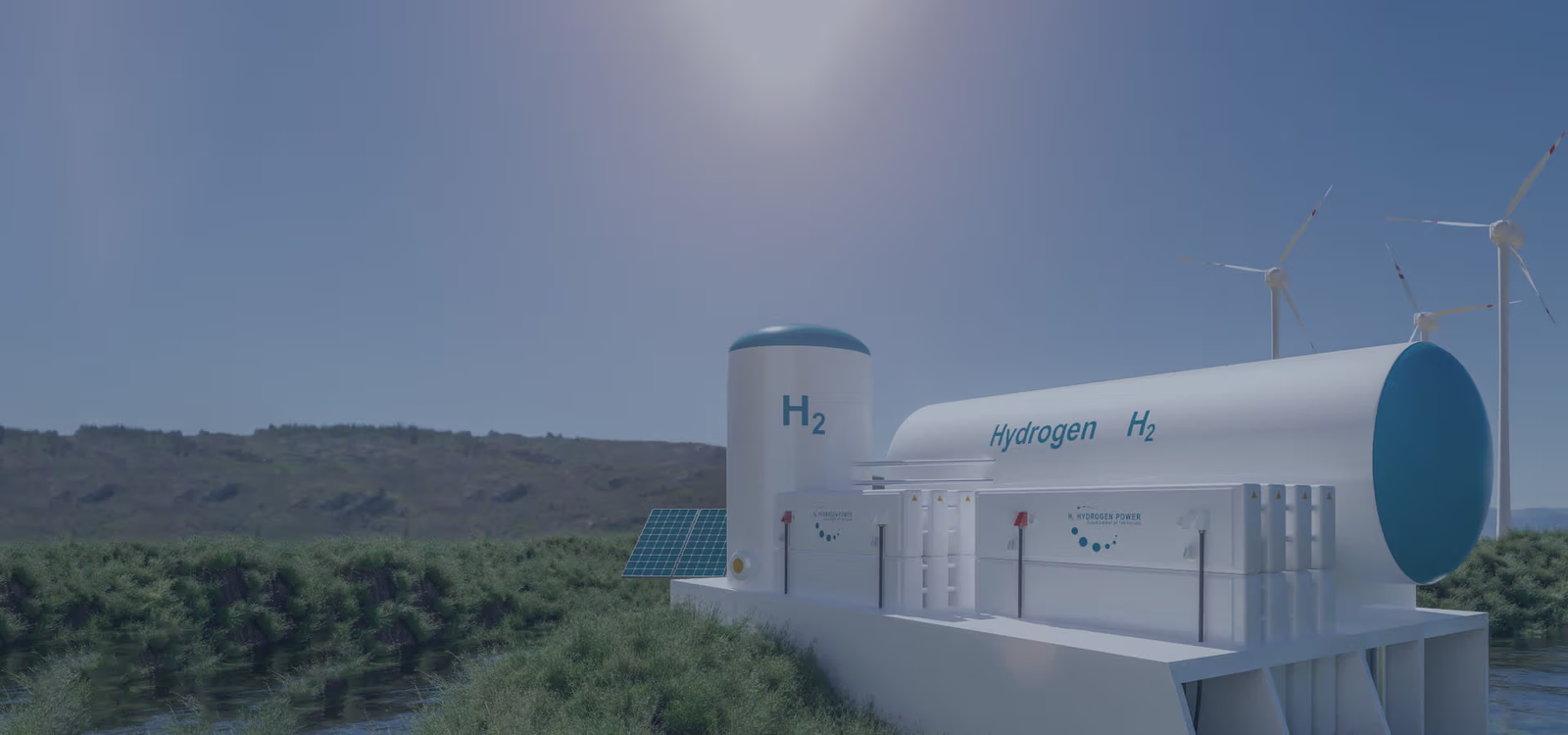Now Reading: 6 Pioneering Co‑Living Concepts for 2025 Youth
-
01
6 Pioneering Co‑Living Concepts for 2025 Youth
6 Pioneering Co‑Living Concepts for 2025 Youth

Table of Contents
Co‑Living Concepts: Dubai’s real estate scene is evolving rapidly, and one of the most exciting new trends is co-living—designed specifically for young professionals, entrepreneurs, and expats. In 2025, six innovative co-living concepts are setting the tone for community-centric living in the emirate.
1. Tech-Integrated Residences with Smart Living Features

Dubai is leading the way with co-living spaces fully equipped with smart-home technology. Apartments offer automation for lighting, climate control, and access via smartphones. Many also feature IoT systems that detect maintenance issues early—such as HVAC faults or plumbing leaks—while data analytics personalise the resident experience. These tech-enabled spaces appeal to millennials and Gen Z, delivering convenience and efficiency.
2. “Co-Living as a Service” (CaaS) from Big Brands
Co-living is also becoming more service-driven through hospitality brand collaborations known as Co-Living as a Service (CaaS). These partnerships between hospitality brands and property developers offer hotel-style amenities—concierge, housekeeping, communal dining, social events—creating a polished and consistent living experience. This model gives residents a luxury feel without hotel prices
3. Hybrid Co-Living & Hotel Concepts
The i8 Hotel model launching in Dubai Internet City blends hotel comfort with communal living. Located near business and tech hubs, this hybrid space provides shared kitchens, lounges, and co-working areas, ideal for entrepreneurs and professionals looking to balance privacy, convenience, and community
4. Flexible, Plug-and-Play Living in Hive JVC

Hive JVC is a prime example of plug-and-play living. These co-living apartments come furnished, with utilities and maintenance included in one monthly fee. With one-month notice for moves, plus shared amenities like pools and coworking lounges, Hive appeals to mobile young professionals and creative freelancers.
5. VR & AR-Powered Experience Hubs
Dubai’s co-living scene is also embracing virtual and augmented reality. Some developments offer VR lounges where residents can explore immersive environments and AR apps that guide you around shared spaces via your phone. This tech focus enhances engagement and builds a sense of belonging in communal areas .
6. Green Co-Living: Sustainability at the Core
Eco-conscious co-living projects are gaining ground, promoting energy-efficient appliances, solar power, recycling systems, and water-saving fixtures. By sharing resources and reducing waste, these spaces support both environmental goals and cost savings—aligned with a global focus on greener lifestyles .
Why These Concepts Matter for Dubai Youth
Affordability & Convenience
Shared living significantly lowers costs for rent and utilities. Fully furnished units with all-inclusive pricing make it easy for residents to move in quickly without administrative hassle .
Community & Networking
Unlike traditional rentals, these spaces are built around social interaction—shared kitchens, coworking lounges, events, and workshops foster connection, combat loneliness, and support collaboration .
Flexibility & Mobility
With flexible leases, month-to-month plans, and minimal notice requirements, co-living suits professionals navigating career changes or personal growth. The community support also eases transitions for newcomers.
Tech-Forward Appeal
Smart systems and immersive tech enhance daily life—automated environments, maintenance notifications, VR gatherings—while data tools offer personalized suggestions on events and services .
Sustainability Saves Money
By leveraging shared consumption and sustainable technologies, green co-living reduces individual carbon footprints and cut energy costs—appealing to eco-aware residents.
Market Response & Expansion
The rise of co-living matches Dubai’s broader shift toward mixed-use, community-centric developments. Dubai Holding reports a major move away from single-use leases toward integrated, amenity-rich living environments. Renters now demand flexibility—multi-cheque options, short-term stays, and digital payments—as traditional leases become less attractive .
Startups like Hive Coliv, UNA, Vonder, and Co-Living Legends have scaled rapidly, supported by developers such as EMAAR and ARM Holding. Projects like Hive JVC feature pools, gyms, rooftop cinemas, and event spaces, molding a full living experience.
Challenges & Considerations
Regulations & Enforcement
Dubai lacks clear rules on occupancy limits, leading to some illegal overcrowding—up to 10 people in a one-bedroom. Authorities are slow to enforce, raising concerns about health and safety .
Privacy vs. Community
Designs must balance private areas (bedrooms/baths) and communal zones—residents value this duality, with Hive JVC offering “best of both” solutions.
Quality of Management
Success relies on high-quality operations—this is where hospitality-backed CaaS and managed co-living shine, ensuring consistent amenities and resident services.
What Lies Ahead in 2025
- Industry professionalisation: Expect growth in hospitality-driven managed co-living brands (i8, CaaS models).
- Regulatory clarity: Potential new occupancy rules and formal frameworks to safeguard residents.
- Targeted demographics: Specialized co-living for students, creatives, female professionals (e.g., Co-Living Legends).
- Tech rollout: Greater use of VR/AR and smart-home tech to enhance community and comfort.
- Sustainable design: Co-living as a driver for green buildings and efficient resource management.
Conclusion
Dubai’s co-living revolution for 2025 is more than a housing trend—it’s a lifestyle paradigm built for connection, flexibility, and smart living. Especially for the city’s youth, these six pioneering models provide:
- Affordable, move-in-ready homes
- Vibrant social ecosystems
- Access to smart tech and green living
As Dubai asserts itself as a global innovation hub, co-living spaces reflect the city’s ambitions toward modern, sustainable, and human-centred development. watch more






















